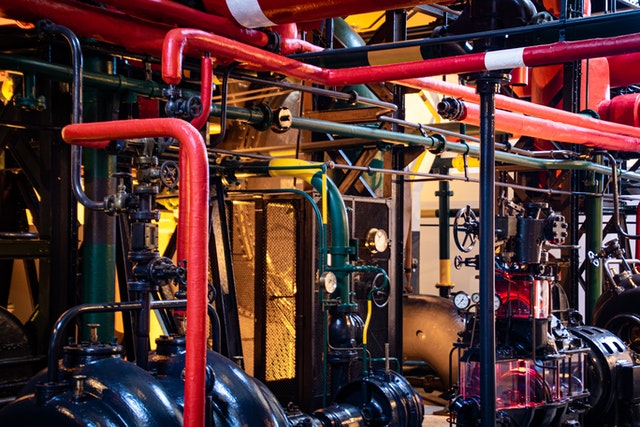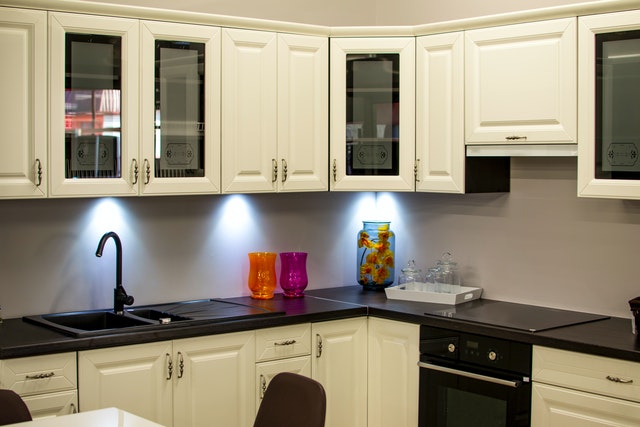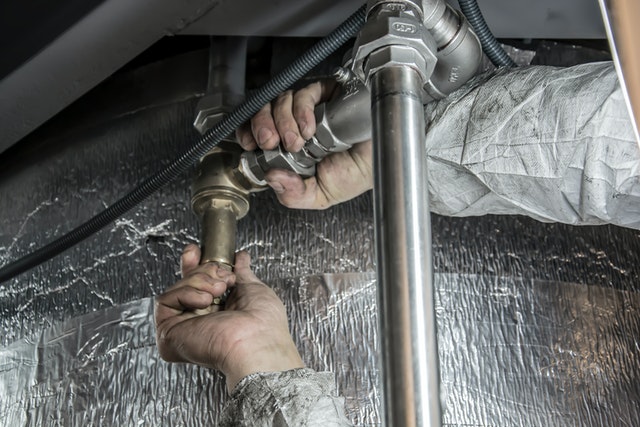
How to Prepare for a Whole-House Repiping
You can fix most plumbing issues without hassle, as long as you contact a plumber quickly. This also applies to emergencies like burst pipes and so on. However, sometimes a house can experience a major plumbing blowout, or plumbing issues start happening much more often. When this happens, you need to have the entire plumbing system in your house replaced from top to bottom. This doesn’t happen often, but it’s best to know how to prepare for it just in case. After all, even if there are no significant issues, you will still have to replace the plumbing when it gets too old. So, to help you, we have put together a guide on preparing for a whole-house repiping.
Clear everything out of areas where pipes are likely to be
Much like with regular plumbing repairs, you can make it a lot easier for your plumber by putting things away. For example, make sure there isn’t anything on your bathroom floor, and clear out your bathroom sink. If you have a shower curtain, remove it, and move all your toiletries before the repairs start. When it comes to the kitchen, clear out the kitchen sink and the cabinets which surround it, and if you have a dishwasher, make sure it’s empty as well. A whole-house repiping is very messy, so getting everything out of the way before your plumbers begin is an excellent idea. It lets them work faster and safer, and you will protect your belongings. In the meantime, consider the pipes you’ll use for the repiping because knowing how to choose the right plumbing pipes can help avoid needing another repiping soon.

Check out your basement and clear it out
If your house has a basement, do your best to clean it before the repiping. This applies to every area where pipes run underneath the first floor and head up inside the walls to the second floor. Your basement will, inevitably, get incredibly wet during the repiping process. As such, if something you’re storing in your basement needs to stay dry, take it out. On the other hand, if you don’t have a basement and have a crawlspace, make sure it’s completely clear. The plumber will need full access to the crawlspace to replace all the pipes. The same applies if you need emergency plumbing repairs. However, if you don’t have space to store everything in your basement, consider renting a storage unit. Short-term storage is your best call, and this is one of the options in emergencies too.
When it comes to plumbing, your entire house will be gutted
Every single pipe in your home will be ripped out and replaced during the repiping process. Afterward, the plumber will install new pipes underneath the first floor, in your basement, or in the crawlspace. Then, they install new pipes in the walls behind and under your sinks, under your tubs and showers, and under the toilets. Chances are, your home will need some attention after the process is done. After all, repiping is a long and messy process, so expect to do a lot of cleaning at the very least. At most, you’ll need to apply a fresh coat of paint to the areas of your home with pipes. To make sure your home needs minimal clean-up afterward, make sure you hire trusted and reliable experts. And because whole house repiping services aren’t used very often, double-check who you’re hiring before making a decision.

Stay somewhere else while the whole-house repiping is ongoing
As mentioned above, whole-house repiping means that every single pipe in your home gets torn out and replaced. Needless to say, this means that nothing which requires water will work in your home. The toilet, the washer, the dishwasher, the sinks, and of course, the shower or bathtub. None of this will function until the repiping is complete, making it difficult to live in your home. As such, we recommend finding a place to stay while the repiping is ongoing. Granted, the process should only last a few days, but it can still be challenging to make it through in a home without water. And if you’re worried about leaving belongings behind, experts from Ben Hur Moving & Storage NYC recommend that you either bring all your valuables or store them in a secure unit.
Prepare yourself financially
Repiping your entire house can be costly, all things considered. All in all, this project will cost you anywhere from $1500 to $15,000, depending on the pipes you choose to buy and the size of your home. Additionally, different homes have different sizes of plumbing networks, which also affects the price. Additionally, if you need building permits, don’t forget to factor in those costs too. Generally, you have three choices for pipes: copper pipes, which are the most expensive at $1 to $3 per foot. They typically last longer but consider copper a commodity, and its price can fluctuate. CPVC pipes are much cheaper, at $0.40 per foot, last shorter than copper but are much easier available. Lastly, PEX pipes are even more affordable at $0.30 per foot. So, unless you want to deal with repiping again, you should know how to keep your plumbing in perfect condition longer.

How to prepare for a whole-house repiping – wrap up
Getting ready to have every pipe in your home torn up and replaced isn’t easy. It can be difficult to know where exactly there are pipes in your home, which can complicate clearing the area for your plumbers. Still, you should do your best to prepare yourself and your home for the entire process. Clear out your home best you can, and preferably find somewhere to stay while the house doesn’t have water. We hope this guide on preparing for a whole-house repiping helps you through the process.